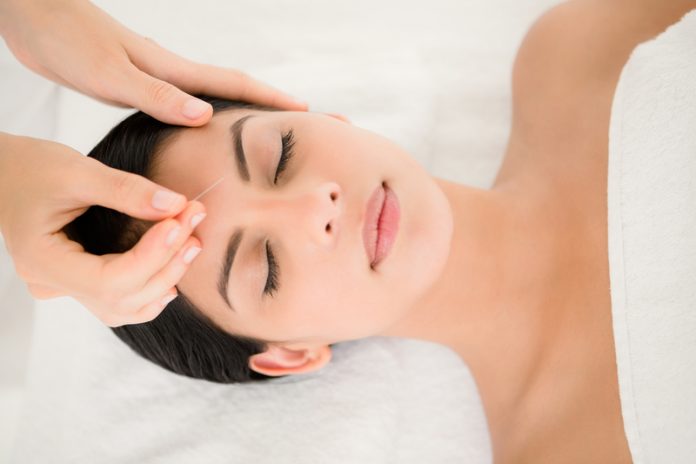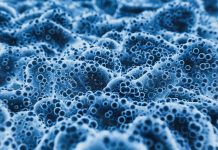As migraine awareness week kicks off, Mark Bovey provides 7 reasons as to why acupuncture can help in the treatment of migraines
According to the Migraine Trust, migraine is the third most common disease in the world, affecting about one in seven people (Steiner et al, 2013). A chronic migraine affects approximately 2% of the world population and three times as many women as men get migraines. Research suggests that there are more than 190,000 migraine attacks every day in the UK. (Steiner et al, 2003)
Acupuncture is a therapy in which thin needles are inserted into the skin at particular points. It originated in China and is now used in many countries to treat people with a migraine. There is a large body of evidence to suggest that acupuncture is effective in the treatment of a migraine.
A systematic Cochrane review supports acupuncture for a migraine
A systematic review of acupuncture for migraine prophylaxis, conducted by Cochrane in 2016, included 4,985 participants in 25 randomised controlled trials, firmly placing it among the most well-studied treatments.
The review found that adding acupuncture to symptomatic treatment of attacks reduces the frequency of headaches. Contrary to previous findings, the updated evidence also suggested that there is an effect on the sham, but this effect is small. Sham is simply a diluted form of acupuncture, not a placebo, so the difference would not be expected to be large.
It also showed that the available trials also suggested that acupuncture may be at least similarly effective as treatment with prophylactic drugs. Acupuncture can be considered an option for patients willing to undergo this treatment, the review concluded.
NICE recommends acupuncture for a migraine
The National Institute for Health and Care Excellence recommends that patients are offered a course of up to 10 sessions of acupuncture as a treatment to prevent a migraine if neither topiramate nor propranolol works well.
Acupuncture is considered a very safe treatment
Two surveys conducted independently of each other and published in the British Medical Journal in 2001 concluded that the risk of a serious adverse reaction to acupuncture is less than 1 in 10,000. This is far less than many orthodox medical treatments.
One survey was of traditional acupuncturists and the other of doctors and physiotherapists who practice acupuncture. A total of 66,000 treatments were reviewed altogether, with only a handful of minor and transient side effects recorded. A 2003 survey of 6,000 patients of acupuncture produced almost identical figures.
There are very few side effects from acupuncture when practiced by a fully qualified practitioner of traditional acupuncture. Any minor side effects that do occur, such as dizziness or bruising around needle points, are mild and self-correcting.
7 reasons why acupuncture is good for a migraine:
- It provides pain relief – by stimulating nerves located in muscles and other tissues, acupuncture leads to release of endorphins and other neurohumoral factors and changes the processing of pain in the brain and spinal cord (Zhao 2008, Pomeranz, 2001)
- It reduces inflammation- increasingly there is evidence that inflammation is associated with a migraine. Acupuncture promotes the release of vascular and immunomodulatory factors that can counter this (Kim, 2008; Kavoussi, 2007; Zijlstra, 2003).
- It reduces the degree of cortical spreading depression – This is an electrical wave in the brain associated with a migraine. (Shi, 2010).
- It reduces plasma levels of calcitonin gene-related peptide and substance – These are pain-signaling neuropeptides that may be implicated in the pathophysiology of a migraine. (Shi, 2010).
- It modulates extracranial and intracranial blood flow – changes in cranial blood flow don’t necessarily initiate migraine pain but may contribute to it. (Park, 2009)
- It affects serotonin levels in the brain – serotonin may be linked both to the initiation of migraines and to the relief of acute attacks (through triptans, drugs that promote seretonin levels). (Zhong, 2007)
- It increases local microcirculation – This aids the dispersal of swelling. (Komori, 2009)











